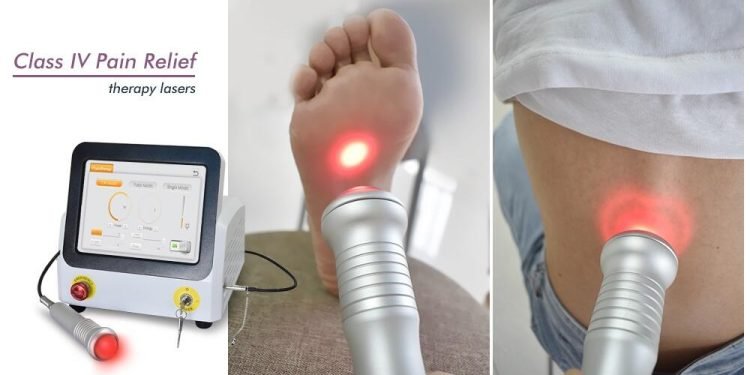Laser light therapy, also known as low-level laser therapy, is a medical treatment that uses low-power lasers or light-emitting diodes to stimulate cellular function and promote healing in various tissues and organs of the body.
Laser light therapy works by using low-power lasers or light-emitting diodes to emit light in specific wavelengths that are absorbed by the body’s tissues. This energy is converted into cellular energy, which stimulates various biological processes that promote healing and reduce inflammation. The science behind laser light therapy is based on the principle of photobiomodulation, which refers to the beneficial effects of light on biological systems.
The best red light therapy for face works by stimulating cellular function and promoting tissue repair through various mechanisms, such as increasing blood flow, enhancing collagen production, reducing inflammation, and promoting the release of growth factors. The specific wavelengths and dosages used in the therapy can vary depending on the condition being treated, as well as the patient’s individual needs and characteristics.
The latest research on laser light therapy has shown promising results for a variety of conditions, including chronic pain, musculoskeletal injuries, wound healing, and neurological disorders. For example, a 2020 study found that low-level laser therapy was effective in reducing pain and inflammation in patients with knee osteoarthritis. Other studies have shown that laser therapy can improve healing in diabetic ulcers and promote nerve regeneration in patients with peripheral neuropathy.
Explore the benefits of laser light therapy
Laser light therapy is a treatment that uses focused light to stimulate healing in the body. This non-invasive treatment is becoming increasingly popular in the medical community because of its many potential benefits. One of the most significant advantages of laser therapy is its ability to provide pain relief. Laser therapy is effective in reducing pain in conditions such as arthritis, fibromyalgia, and back pain. The treatment works by increasing blood flow to the affected area, reducing inflammation and swelling, and promoting the release of endorphins, which are natural painkillers.
Laser light therapy is also beneficial in speeding up the healing process in injuries and wounds. The light energy from the laser stimulates the production of ATP, the energy source for cells, which helps in repairing damaged tissue. The therapy is also effective in reducing inflammation by increasing blood flow to the affected area and promoting the release of anti-inflammatory molecules. This can be helpful in treating conditions such as tendinitis, bursitis, and other inflammatory conditions. Red light therapy beds are being used in clinical settings as a targeted and controlled way to deliver the healing benefits of laser light therapy to patients.
One of the advantages of laser therapy is that it is a non-invasive treatment that does not require incisions, injections, or drugs. This makes it a safer and less painful alternative to traditional treatments. Additionally, laser therapy is a safe treatment with no known side effects, making it a good option for people who cannot tolerate medications or other treatments.
Laser therapy can also help to improve joint mobility by reducing inflammation and promoting tissue repair. This can be helpful for people with conditions such as arthritis, frozen shoulder, and tennis elbow. The therapy has also been found to promote nerve regeneration, which can be helpful in treating conditions such as diabetic neuropathy and other nerve injuries.
Choosing the Right Laser Light Therapy for your patients
Choosing the right laser light therapy involves considering several factors, such as the condition being treated, the type of laser used, the wavelength and dosage, and the expertise of the therapist. Some conditions may require a specific type of laser, such as a low-level laser or a high-power laser, and the wavelength and dosage may need to be adjusted based on the patient’s individual needs and characteristics.
When looking for a therapist who offers laser light therapy, it is important to consider their qualifications, experience, and expertise in the field. Look for a therapist who has undergone specific training and certification in laser therapy, and who has experience treating the condition you are seeking treatment for. Additionally, consider reading reviews and asking for recommendations from other patients who have undergone laser light therapy.
It is important to consult with a healthcare provider before undergoing laser light therapy, as they can provide important guidance and advice on the appropriate treatment options for your specific condition. Your healthcare provider can also help to ensure that the therapy is safe and appropriate for you, and can monitor your progress throughout the treatment process.












